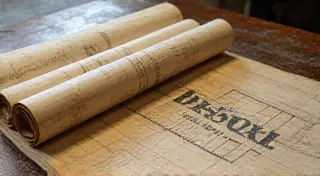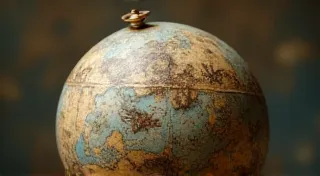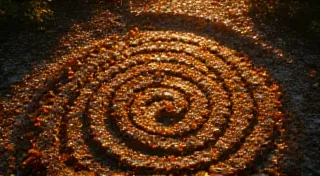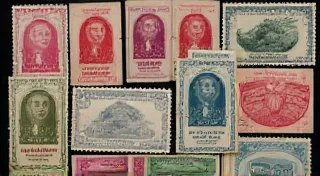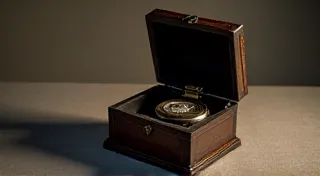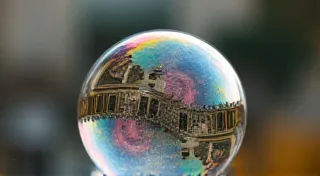The Collector's Incantation: Finding Resonance in Paper Memories
There's a peculiar magic held within the small rectangle of a vintage postcard. It’s more than just cardboard and ink; it’s a fragment of a forgotten moment, a whisper across time. As postcard collectors, we aren't simply amassing objects; we’re custodians of narratives, keepers of echoes. The allure isn’t always about rarity or value – although those certainly play a role – but often lies in that intangible resonance, the feeling of connection to a past that isn't our own, yet feels strangely familiar.
Think about holding one in your hand. The texture of the paper, often linen or card stock, speaks of a different era – an age before mass production standardized everything. Run your finger along the embossed border, the faded ink, the slightly frayed edges. Each imperfection is a testament to its journey, a silent story etched into its surface.
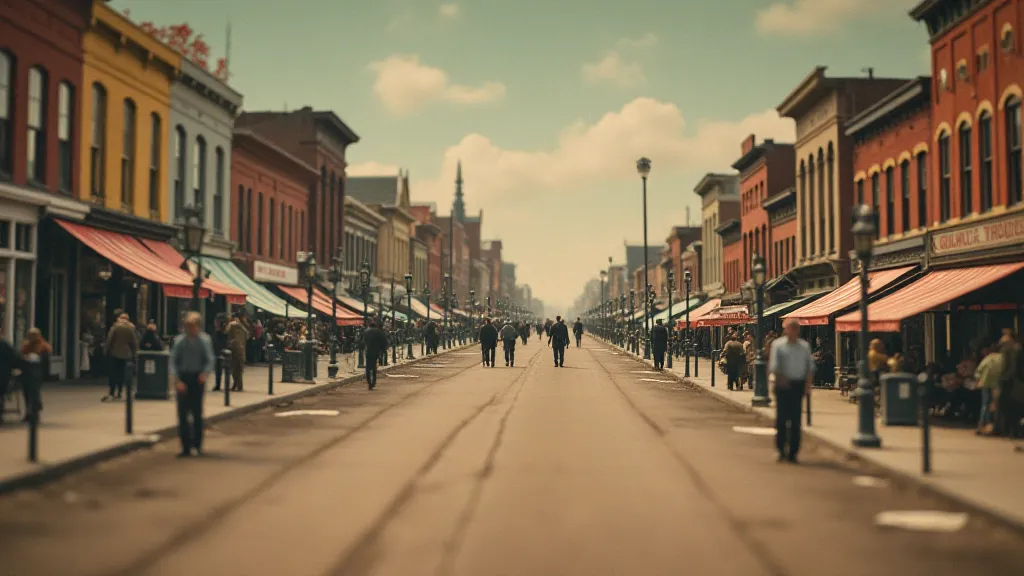
The Ghosts in the Postmarks
The history of postcards themselves is surprisingly rich. Their invention in the late 19th century coincided with a period of rapid social and technological change. They became a vital form of communication, a quicker and more affordable alternative to letters. Imagine a world before instant messaging and email – postcards were the closest thing to a digital snapshot sent across distances, often bearing news of births, travels, and everyday happenings. They were a tangible link between loved ones, a shared moment captured and mailed with anticipation.
And then there are the postmarks. These aren’s just random stamps; they’s geographical signposts, temporal anchors. A faded, blue postmark from “Saratoga Springs, NY – 1908” doesn’t just indicate where the card was mailed; it transports you to a specific place and time. You can almost hear the clatter of horse-drawn carriages, the bustle of the spa town, the anticipation of those awaiting a message from afar.
I recall finding a postcard from my great-grandmother, Mabel, to her sister, Elsie. The postmark was from a small town in rural Pennsylvania, a place I’m intimately familiar with today. The message itself was simple: "Having a lovely time. Wish you were here." Yet, holding that card, I felt an overwhelming sense of connection, a fleeting glimpse into the lives of women who came before me. The photograph on the front depicted a group picnic scene – a moment of shared joy frozen in time.
Craftsmanship and Artistic Merit
Beyond their historical significance, vintage postcards often showcase remarkable craftsmanship and artistic merit. Early postcards were often hand-tinted, adding vibrant color to black and white photographs. These hand-colored cards are particularly prized by collectors, showcasing the skill and artistry of the artisans who brought them to life. The process was painstaking, requiring a keen eye for detail and a steady hand.
Furthermore, the design elements – the borders, the fonts, the layouts – often reflect the aesthetic sensibilities of the era. Art Nouveau motifs, intricate floral designs, and elegant typography were common features, creating postcards that were not just functional but also beautiful objects of art. The lithographic printing techniques used at the time, while limited by today’s standards, resulted in unique textures and color variations that add to their charm.
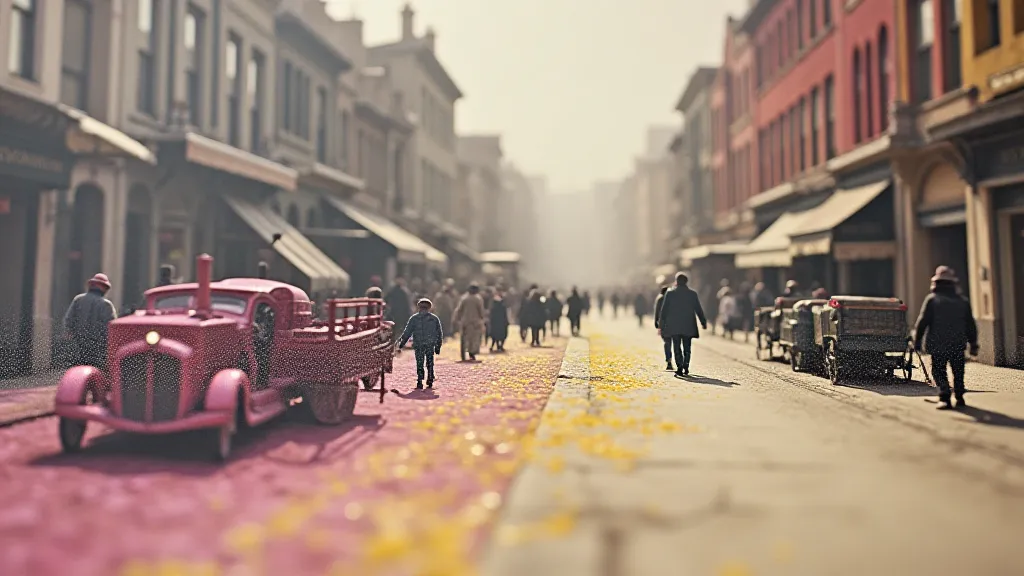
The Passage of Time and Nostalgia’s Embrace
There’s a poignant beauty in the ephemerality of vintage postcards. They’re reminders of a past that is gone, a world that no longer exists. Buildings in the photographs have been demolished, landscapes have been transformed, and the people who sent and received them have long since passed away. Yet, their stories linger within the paper, waiting to be rediscovered.
The feeling of nostalgia is inextricably linked to postcard collecting. It's not simply a longing for the past, but a desire to connect with a sense of belonging, to find meaning and continuity in a rapidly changing world. These small pieces of paper offer a tangible link to that past, allowing us to momentarily step outside of our own lives and experience the joys and sorrows of those who came before us.
Restoration, when approached with respect, can also enhance the experience. Removing surface dirt and gently stabilizing fragile areas can reveal the card's original beauty. However, it's crucial to avoid aggressive cleaning methods that could damage the card's character and historical integrity. The imperfections—the foxing, the creases—are often part of the story.
More Than Just Objects: Building a Collective Memory
Ultimately, postcard collecting is about more than just accumulating objects. It’s about building a collective memory, preserving fragments of the past for future generations. Each postcard represents a story waiting to be told, a connection to be made. As collectors, we have a responsibility to share these stories, to bring these forgotten moments back to life.
Consider the impact on someone finding a postcard featuring their childhood home, a local landmark, or a family member they never knew. The connection is instantaneous, powerful. It’s a testament to the enduring power of these small pieces of paper to evoke memories and emotions.
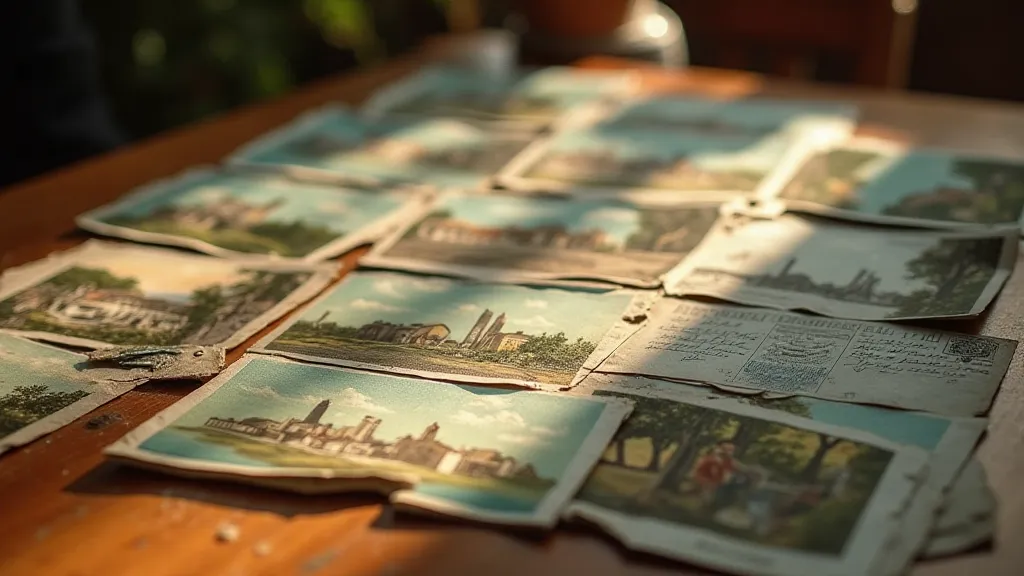
The collector's incantation isn’s a spell, but a process of attentive observation, a willingness to connect with the past on a deeply personal level. It’s the quiet satisfaction of holding a piece of history in your hand, knowing that you’re part of a lineage of those who have cherished these ephemeral treasures.
